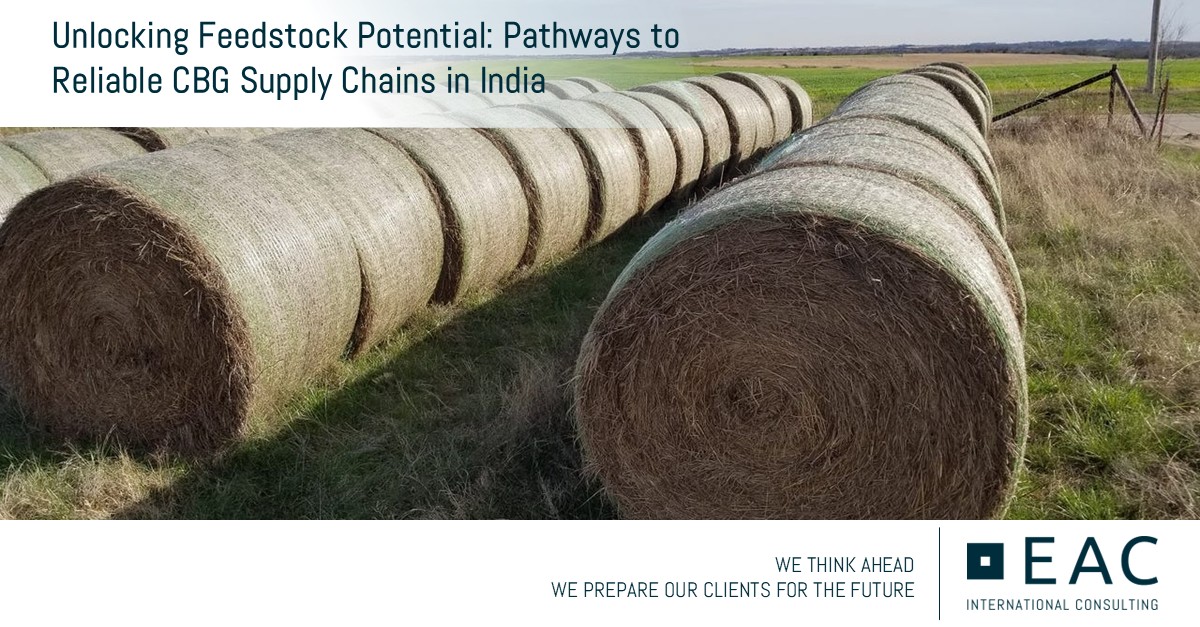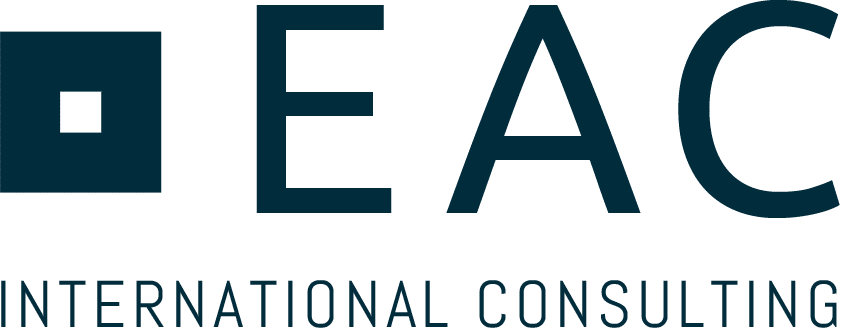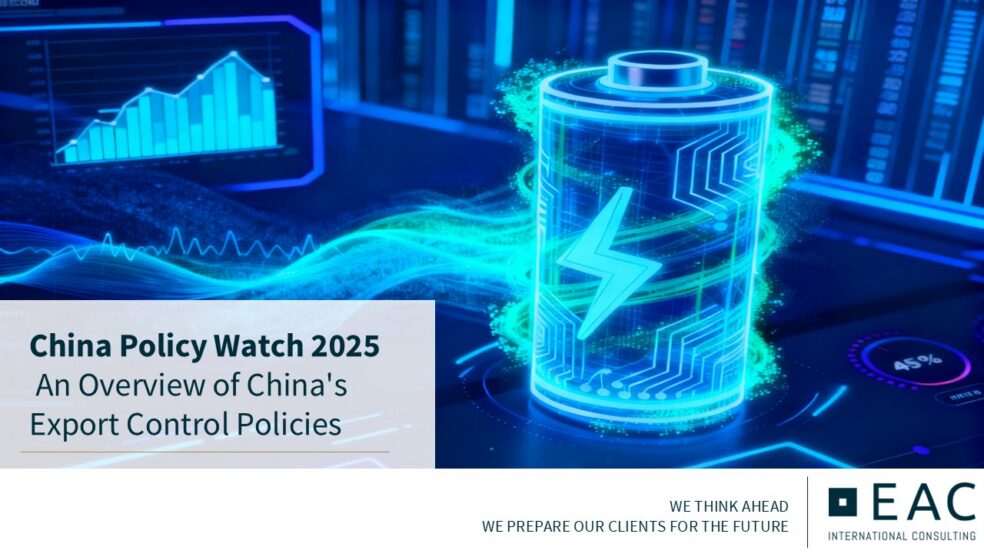China's October 2025 Export Controls: Strategic Implications for Global Industries

The announcement encompasses five interconnected circulars that collectively represent China's most comprehensive approach to critical materials governance. These measures span the entire value chain from raw materials and processing equipment through to finished high-performance products and the intellectual property underlying their production. The framework introduces unprecedented traceability requirements, with exporters now obligated to provide detailed technical parameters, explicit scope declarations, and standardized customs documentation that enables authorities to monitor sensitive material and technology flows with granular precision.
What distinguishes this regulatory evolution is its extension beyond physical goods into the domain of knowledge transfer and technical collaboration. Export licensing now governs not merely tangible products but also the technologies, processes, and expertise that underpin critical industries. Research partnerships, consulting arrangements, technical demonstrations, and even testing activities fall within the licensing regime, an expansion that fundamentally reshapes the parameters of international technical cooperation. For industries dependent on Chinese materials or manufacturing capabilities, this introduces a new compliance environment where enterprises need to integrate approval management and supply-chain planning into strategic operations.
For equipment manufacturers, battery producers, and rare-earth consumers, these measures create a cascade of operational challenges. Extended lead times for licensing approvals will strain just-in-time manufacturing models. Heightened compliance documentation requirements add administrative complexity and cost. Most critically, the potential for supply disruptions introduces new uncertainty into strategic planning cycles.
The controls reflect China’s continued efforts to strengthen governance and oversight across critical mineral and advanced-materials supply chains. By extending oversight from raw materials through processing equipment to intellectual property, China has established a comprehensive regulatory framework covering the full value chain, supporting the country’s broader industrial development objectives.
Yet regulatory complexity need not translate into competitive disadvantage. Organizations that respond proactively can transform compliance challenges into strategic opportunities. This requires a multifaceted approach: conducting comprehensive compliance audits to identify exposure points, performing supply chain risk assessments to understand vulnerabilities, exploring alternative sourcing and supplier diversification strategies, optimizing licensing procedures to minimize delays, and developing robust contingency frameworks for potential disruptions.
EAC International Consulting partners with global organizations navigating this transformed regulatory landscape. Our expertise spans compliance architecture design, supply chain resilience planning, and strategic diversification enabling clients to maintain competitive positioning while managing regulatory requirements effectively.
As China continues refining its export-control system, enterprises’ readiness and foresight will become key to effective compliance and operational continuity. The organizations that thrive will be those that view regulatory change not as obstacle but as catalyst for supply chain modernization and strategic resilience in a rapidly evolving global trade environment.
Download to read more.
Contact EAC International Consulting's experts Daniel Berger, Cui Guan and Troy Yao to develop your customized compliance and resilience strategy.
Latest
Unlocking Feedstock Potential: Pathways to Reliable CBG Supply Chains in India

China’s October 2025 Export Controls: Strategic Implications for Global Industries

India’s Manufacturing Moment: Why Assembly Is Not a Weak Start

The Johor-Singapore Special Economic Zone: Where Strategic Vision Meets Market Reality


